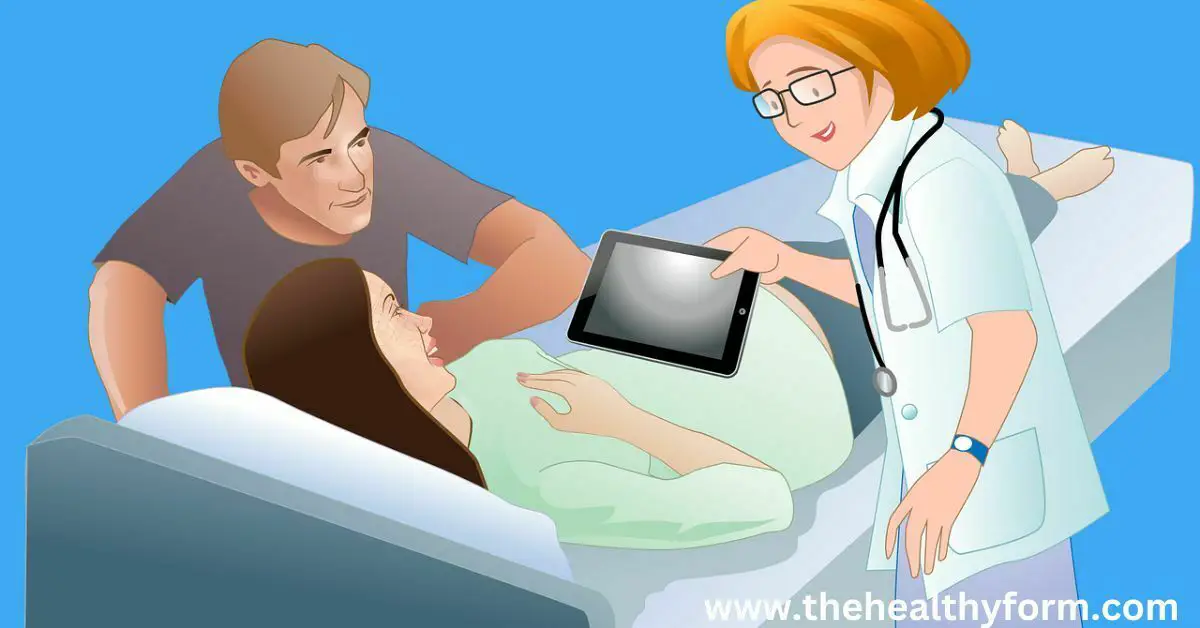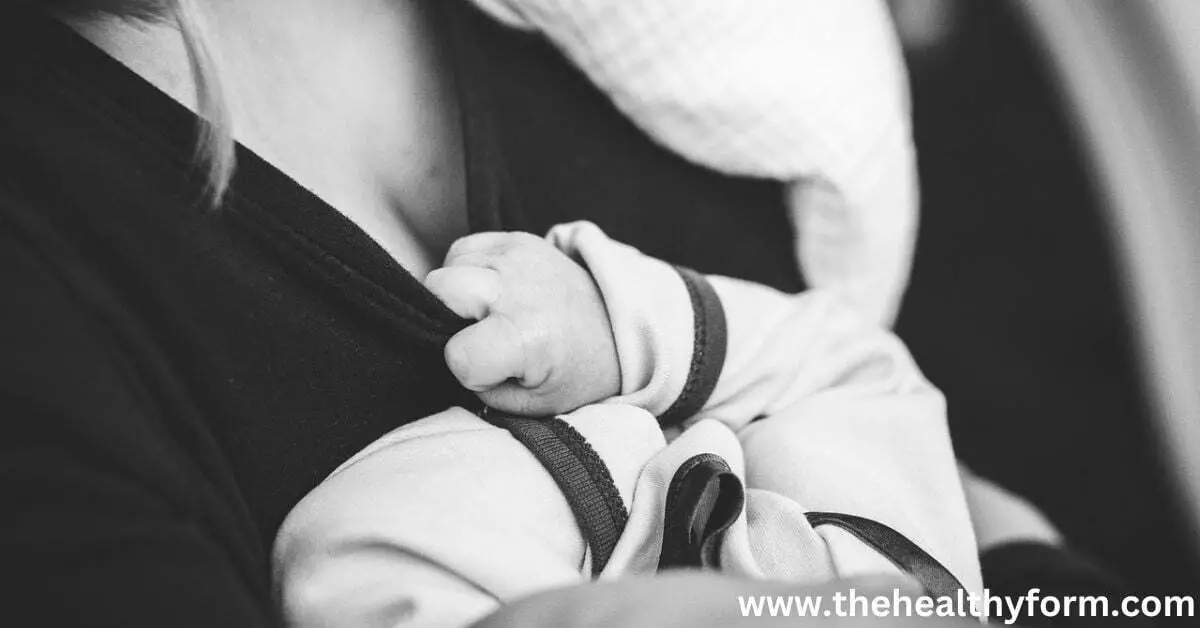10 Expert Tips for Supporting Reproductive Health at Any Age For Women
Discover expert tips for supporting reproductive health at any age for women with this comprehensive guide. Get the knowledge you need to maintain your health and wellbeing. Reproductive health is an essential aspect of overall health and well-being for women. From understanding female anatomy and menstrual cycles to managing pregnancy and menopause, there are many factors to consider. In this blog post, we’ll share 10 expert tips for supporting reproductive health at every stage of life.
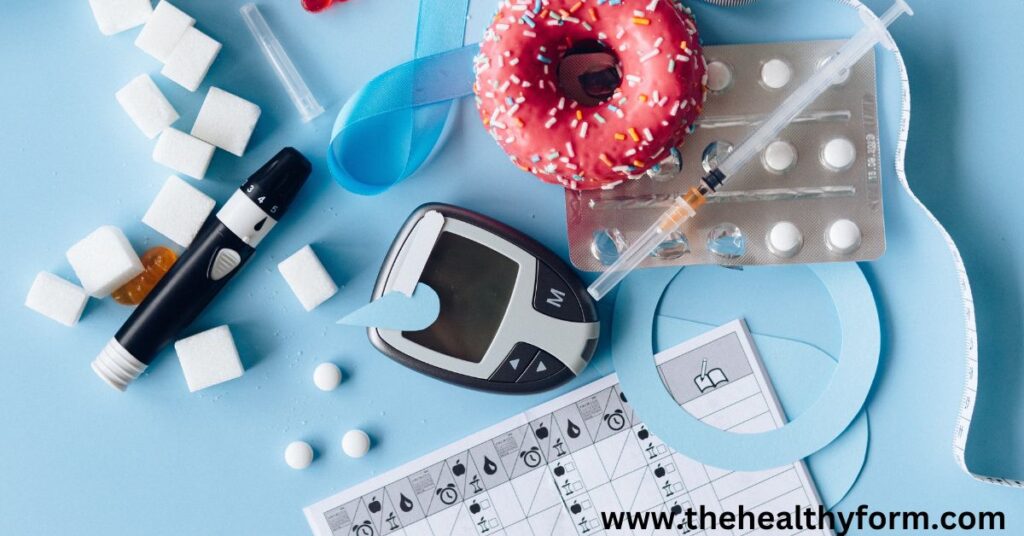
Female reproductive anatomy
The creation of eggs, fertilization, pregnancy, and delivery are all made possible by the vast and complicated network of female reproductive systems and tissues. The uterus, fallopian tubes, and ovaries are the three primary components of the female reproductive system. They are in charge of both the development and movement of eggs and the control of the monthly cycle.
Between the bladder and the rectum in the lower abdomen, the uterus is a muscular, pear-shaped structure. The cervix is the smaller, lower portion that enters the vagina, and the body, which is the bigger, upper portion, makes up its two primary divisions.
Being the location where the fertilized egg implants and grows into a baby, the uterus is essential to pregnancy.
The uterus’ top corners have a pair of short, tube-like structures called fallopian tubes that link to the ovaries. Eggs are transported through the fallopian tubes from the ovaries to the uterus, where they can be fertilized by sperm. The fertilized egg descends the fallopian tubes and implants in the uterus if fertilization takes place.
On either side of the uterus are two tiny, almond-shaped structures called the ovaries. They are in charge of releasing and generating eggs throughout the menstrual cycle.
Progesterone and estrogen, which control the menstrual cycle and promote pregnancy, are other hormones the ovaries produce.
A cycle of changes in the female reproductive system that occurs every month to prepare for pregnancy is called the menstrual cycle. The uterus sheds its lining and discharges blood and other materials via the vagina on the first day of menstruation, which is also the start of the cycle. A fresh menstrual cycle has begun as of this moment.
The ovaries generate and release an egg throughout the menstrual cycle, which then passes down the fallopian tubes and into the uterus. The body absorbs the egg if the sperm cannot fertilize it, and the menstrual cycle starts over. If the egg is fertilized, the pregnancy results from the egg implanting in the uterus.
Women may make more educated choices about their sexual and reproductive health by being aware of the anatomy and workings of the female reproductive system. Also, it can assist women in identifying potential health issues and seeking assistance when required.
Menstruation and menstrual cycle
The menstrual cycle is a complicated process that includes hormone release, ovary adjustments, and uterus changes in anticipation of a prospective pregnancy. The average menstrual cycle lasts 28 days, although it can last anywhere from 21 to 35 days. The cycle starts on the first day of menstrual bleeding and concludes with the beginning of the next period.
Many hormones, including estrogen, progesterone, follicle-stimulating hormone (FSH), and luteinizing hormone, interact delicately to control the menstrual cycle (LH). Together, these hormones get the body ready for pregnancy.
Many stages make up the menstrual cycle:
The menstrual period is when menstruation takes place. The uterus loses its lining throughout the typical duration of 3 to 7 days.
After menstruation, the body prepares for ovulation during the follicular phase. The pituitary gland releases the follicle-stimulating hormone (FSH) at this stage, which prompts the ovaries to start producing follicles. During ovulation, one of the follicles will develop and release an egg.
The period known as ovulation is when a mature follicle releases an egg. On a 28-day cycle, ovulation typically occurs around day 14. However, this might vary from woman to woman.
After ovulation, the body begins to prepare for a prospective pregnancy during the luteal phase. The corpus luteum, which generates progesterone, develops from the ruptured follicle. Progesterone helps to maintain the uterine lining and prepares the uterus for pregnancy.
Managing your reproductive health requires an understanding of your menstrual cycle. You may use it to forecast the beginning and end of your period and spot any reproductive problems. A calendar, a smartphone app, or a menstrual cycle-tracking gadget can all be used to monitor your menstrual cycle. Any anomalies in your menstrual cycle should be brought up with your healthcare professional.
Pregnancy and childbirth
Throughout pregnancy, a woman’s body goes through modifications to support the growth and development of a fetus. It normally lasts for nine months or 40 weeks. The fertilized egg implants in the uterus during this stage, and the placenta grows to feed the growing fetus.
The body undergoes major changes throughout the first trimester of pregnancy as it prepares to sustain the developing fetus. Fatigue, nausea, and painful breasts are common complaints. The fetus grows and starts to move as the pregnancy progresses, and the mother may gain weight and change her appetite.
Because many of the first symptoms of pregnancy tend to go away, the second trimester is sometimes referred to as the “golden stage” of pregnancy. Around this trimester, the fetus grows quickly, and the mother can start to feel the baby move.
The fetus continues to develop and expand throughout the third trimester, and the mother may feel greater pain as her body gets ready to give birth. The typical complaints are back discomfort, ankle and foot swelling, and sleep issues.
The process of delivering a baby, known as childbirth, has three parts. The cervix widens during the first stage, and contractions increase in frequency and power.
The infant’s birth occurs in the second stage, while the placenta is delivered in the third stage.
Epidural anesthesia, nitrous gas, and natural pain reduction methods, including breathing exercises and relaxation techniques, are just a few for controlling pain during labor. The woman may feel postpartum bleeding, cramps, and exhaustion as her body matures after giving birth. Getting medical help is crucial if any unsettling symptoms, such as fever or infection, appear.
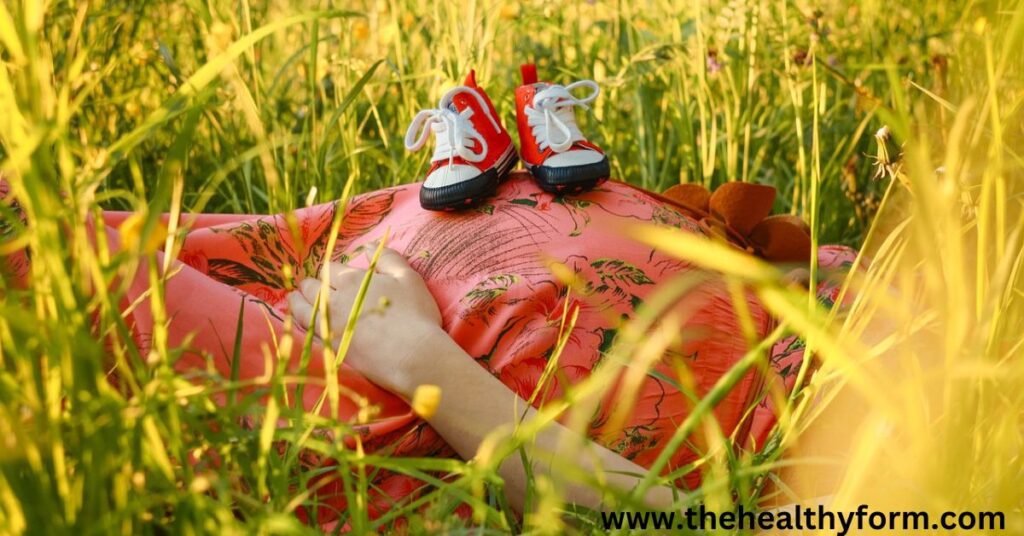
Contraception and family planning
For individuals and couples to make educated decisions about their fertility and to plan their families according to their particular objectives and preferences, contraception and family planning are essential components of reproductive health. Many forms of contraception exist, including hormonal birth control, barrier methods, and sterilization techniques.
Choose the approach that best fits your needs and way of life because each method has benefits and drawbacks of its own. Planning a family is deciding when and how many children to have while considering age, health, financial security, and personal aspirations. Individuals and couples may take charge of their reproductive health and make educated decisions about the future using contraception and family planning.
Menopause and perimenopause
Menopause and perimenopause are normal phases in a woman’s reproductive life cycle. Perimenopause usually starts several years before menopause when the ovaries produce less estrogen. This hormone imbalance can cause various symptoms, including irregular periods, hot flashes, mood swings, insomnia, and vaginal dryness.
Menopause is officially diagnosed when a woman has gone 12 consecutive months without a menstrual period. After menopause, estrogen levels continue to decline, which can lead to a higher risk of health issues like osteoporosis and heart disease. However, with proper medical care and lifestyle choices, women can manage the symptoms of perimenopause and menopause and enjoy a healthy and fulfilling post-reproductive life.
Fertility and infertility
Important ideas in reproductive health include the notions of fertility and infertility. Many variables affect fertility, including age, health, lifestyle, and genetics. Various ailments and elements, including hormone imbalances, ovulation problems, endometriosis, and low sperm counts, can cause infertility. Individuals and couples should be aware of their fertility status and seek medical help if they haven’t been able to become pregnant for a year. The likelihood of a successful conception and healthy pregnancy can be increased with early identification and treatment of reproductive issues.
Sexually transmitted infections (STIs)
Infections spread from one person to another through sexual interaction are known as STIs. Men and women are also susceptible to these diseases, which bacteria, viruses, or parasites can bring on. Chlamydia, gonorrhea, herpes, HPV, syphilis, and HIV are STIs that are often encountered. Asymptomatic refers to the fact that many STIs may not exhibit any symptoms or indications. Serious health issues like infertility, cervical cancer, and HIV/AIDS can develop due to untreated STIs. The use of condoms, routine testing, and seeking medical attention if you think you might have an STI are all key components of safe sex.
Gynecological exams and screenings
Gynecological exams and screenings are important for maintaining reproductive health. These exams may include a pelvic exam, a Pap smear, and breast exams. It’s important to schedule regular gynecological exams and screenings with your healthcare provider to detect and address potential issues early on.
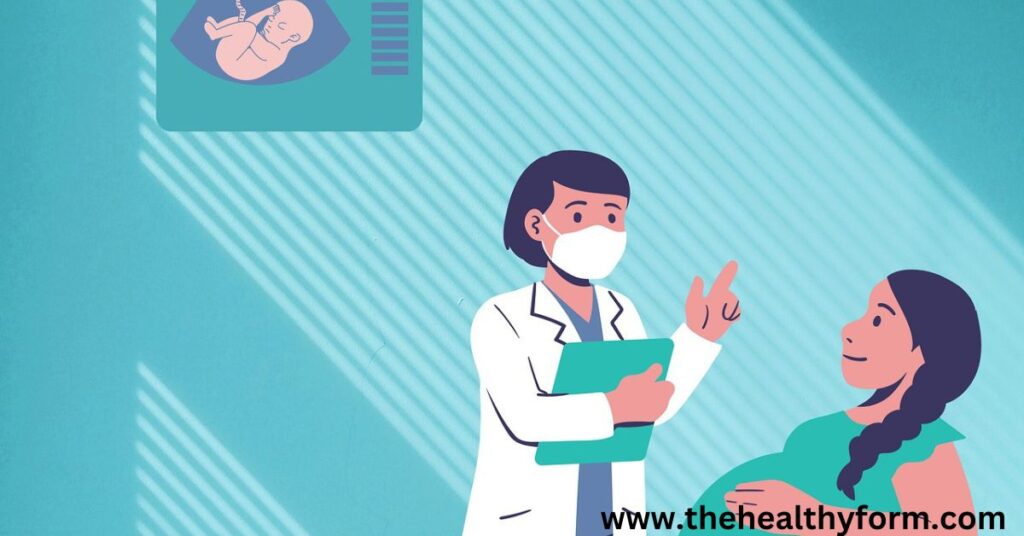
Reproductive health and rights
Reproductive health and rights are essential for the well-being of women. This includes the right to access comprehensive reproductive health care, including contraception and abortion, and the right to make informed decisions about one’s reproductive health. It’s important to understand and advocate for your reproductive health and rights.
Polycystic ovary syndrome (PCOS)
Polycystic ovary syndrome (PCOS) is a hormonal disorder that affects the female reproductive system. It is characterized by irregular periods, excess androgens (male hormones), and the formation of small cysts on the ovaries. PCOS can affect fertility and can increase the risk of other health conditions. Understanding and managing PCOS can help you maintain your reproductive health.
FAQ about Supporting Reproductive Health at Any Age For Women
Here are some of the most common questions people have about supporting reproductive health at any age for women:
Why is it important to support reproductive health at any age for women?
Supporting reproductive health at any age for women is essential for maintaining overall health and well-being. It can also help prevent various reproductive health issues such as infertility, menstrual irregularities, and sexually transmitted infections (STIs).
What are some simple lifestyle changes that can support reproductive health for women?
Simple lifestyle changes supporting women’s reproductive health include maintaining a healthy diet, staying physically active, managing stress, avoiding smoking and excessive alcohol consumption, and practicing safe sex.
How often should I schedule a gynecological exam?
It is recommended that women schedule a gynecological exam every year starting at the age of 21 or earlier if sexually active. This can help detect potential reproductive health issues early on and ensure prompt treatment.
What are some common reproductive health issues that women may experience?
Some common reproductive health issues women may experience include menstrual irregularities, fertility issues, polycystic ovary syndrome (PCOS), endometriosis, and STIs.
What can I do to promote fertility if I am trying to conceive?
To promote fertility, women trying to conceive can maintain a healthy weight, eat a nutritious diet, exercise regularly, track their menstrual cycle, and avoid smoking and excessive alcohol consumption. It may also be helpful to consult with a fertility specialist.
How can I manage menstrual pain and discomfort?
To manage menstrual pain and discomfort, women can use over-the-counter pain relievers, apply heat to the lower abdomen, get regular exercise, and practice relaxation techniques such as deep breathing or yoga. In some cases, hormonal birth control may also be recommended.
Conclusion
Reproductive health is an essential aspect of overall health and well-being for women. From understanding female anatomy and menstrual cycles to managing pregnancy and menopause, there are many factors to consider. By following these 10 expert tips for supporting reproductive health, you can support your reproductive health at every stage of life. Remember to prioritize self-care, seek medical care, and advocate for your reproductive health and rights.

